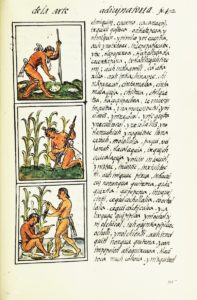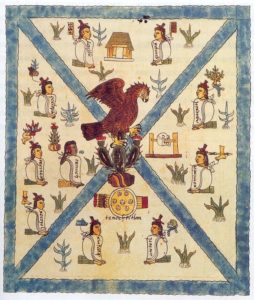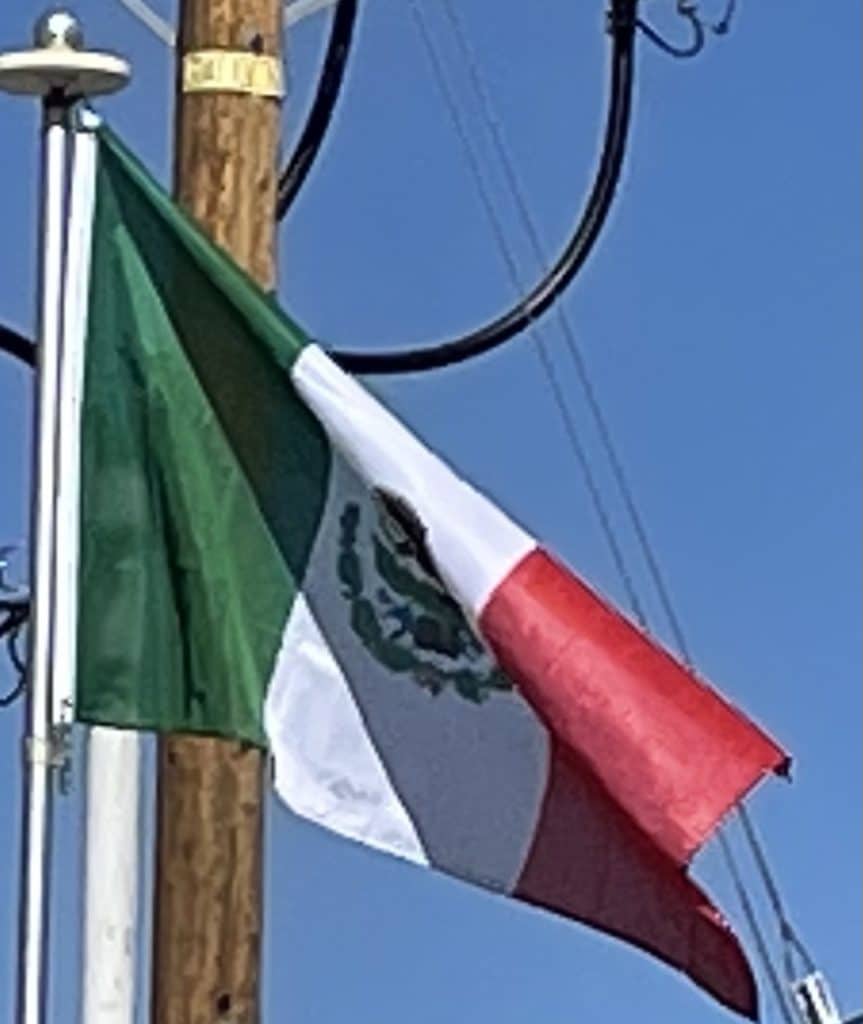Mexico ranks first in the Americas and 7th in the world for the number of UNESCO World Heritage Sites. Mexico is an ecologically megadiverse country, ranking 5th in the world for its natural biodiversity. Mexico receives a significant number of tourists every year; in 2018, it was the 6th most-visited country in the world, with 39 million international arrivals. Mexico is a member of the United Nations (UN), the World Trade Organization (WTO), the G8+5, the G20, the Uniting for Consensus group of the UN, and the Pacific Alliance trade bloc.
History:
Indigenous Civilizations:
The earliest human artifacts in Mexico are chips of stone tools found near campfire remains in the Valley of Mexico and radiocarbon-dated to circa 10,000 years ago. Mexico is the site of the domestication of maize, tomato, and beans, which produced an agricultural surplus. This enabled the transition from paleo-Indian hunter-gatherers to sedentary agricultural villages beginning around 5000 BC. In this period, villages became more dense in terms of population, becoming socially stratified with an artisan class, and developing into chiefdoms. The most powerful rulers had religious and political power, organizing the construction of large ceremonial centers developed.

The earliest complex civilization in Mexico was the Olmec culture, which flourished on the Gulf Coast from around 1500 BC. Olmec cultural traits diffused through Mexico into other formative-era cultures in Chiapas, Oaxaca and the Valley of Mexico. In the subsequent pre-classical period, the Maya and Zapotec civilizations developed complex centers at Calakmul and Monte Albán, respectively. During this period the first true Mesoamerican writing systems were developed in the Epi-Olmec and the Zapotec cultures. The Mesoamerican writing tradition reached its height in the Classic Maya Hieroglyphic script. The earliest written histories date from this era. The tradition of writing was important after the Spanish conquest in 1521.
In Central Mexico, the height of the classic period saw the ascendancy of Teotihuacán, which formed a military and commercial empire whose political influence stretched south into the Maya area as well as north. Teotihuacan, with a population of more than 150,000 people, had some of the largest pyramidal structures in the pre-Columbian Americas. After the collapse of Teotihuacán around 600 AD, competition ensued between several important political centers in central Mexico such as Xochicalco and Cholula.

During the early post-classic era (ca. 1000-1519 CE), Central Mexico was dominated by the Toltec culture, Oaxaca by the Mixtec, and the lowland Maya area had important centers at Chichén Itzá and Mayapán. Toward the end of the post-Classic period, the Mexica established dominance, establishing a political and economic empire based in the city of Tenochtitlan (modern Mexico City), extending from central Mexico to the border with Guatemala.
The Aztec empire was an informal or hegemonic empire because it did not exert supreme authority over the conquered territories; it was satisfied with the payment of tributes from them. It was a discontinuous empire because not all dominated territories were connected. The hegemonic nature of the Aztec empire was demonstrated by their restoration of local rulers to their former position after their city-state was conquered. The Aztec did not interfere in local affairs, as long as the tributes were paid.
